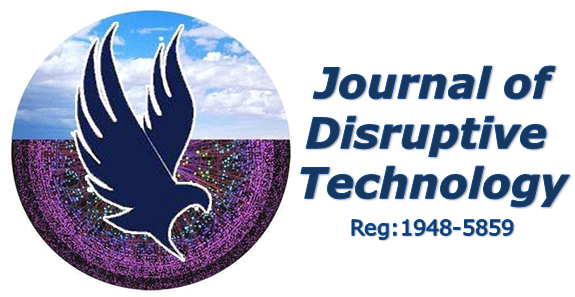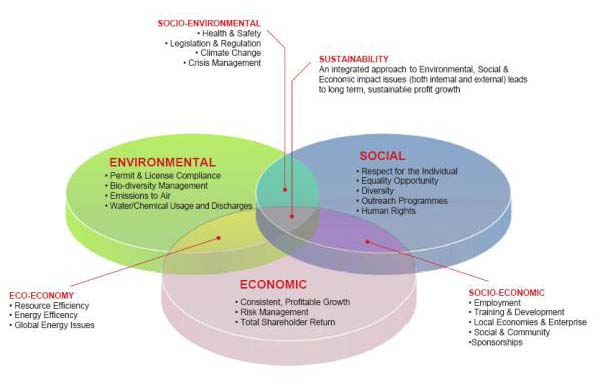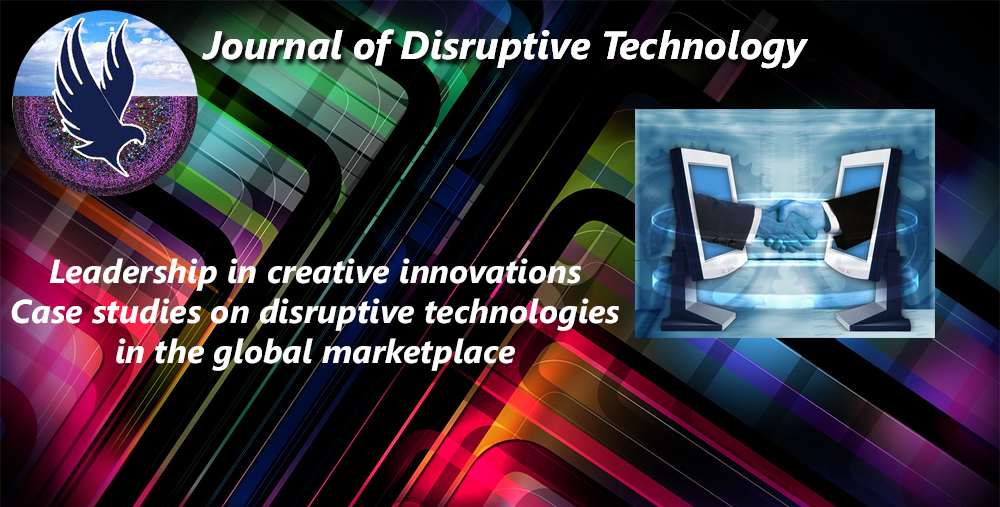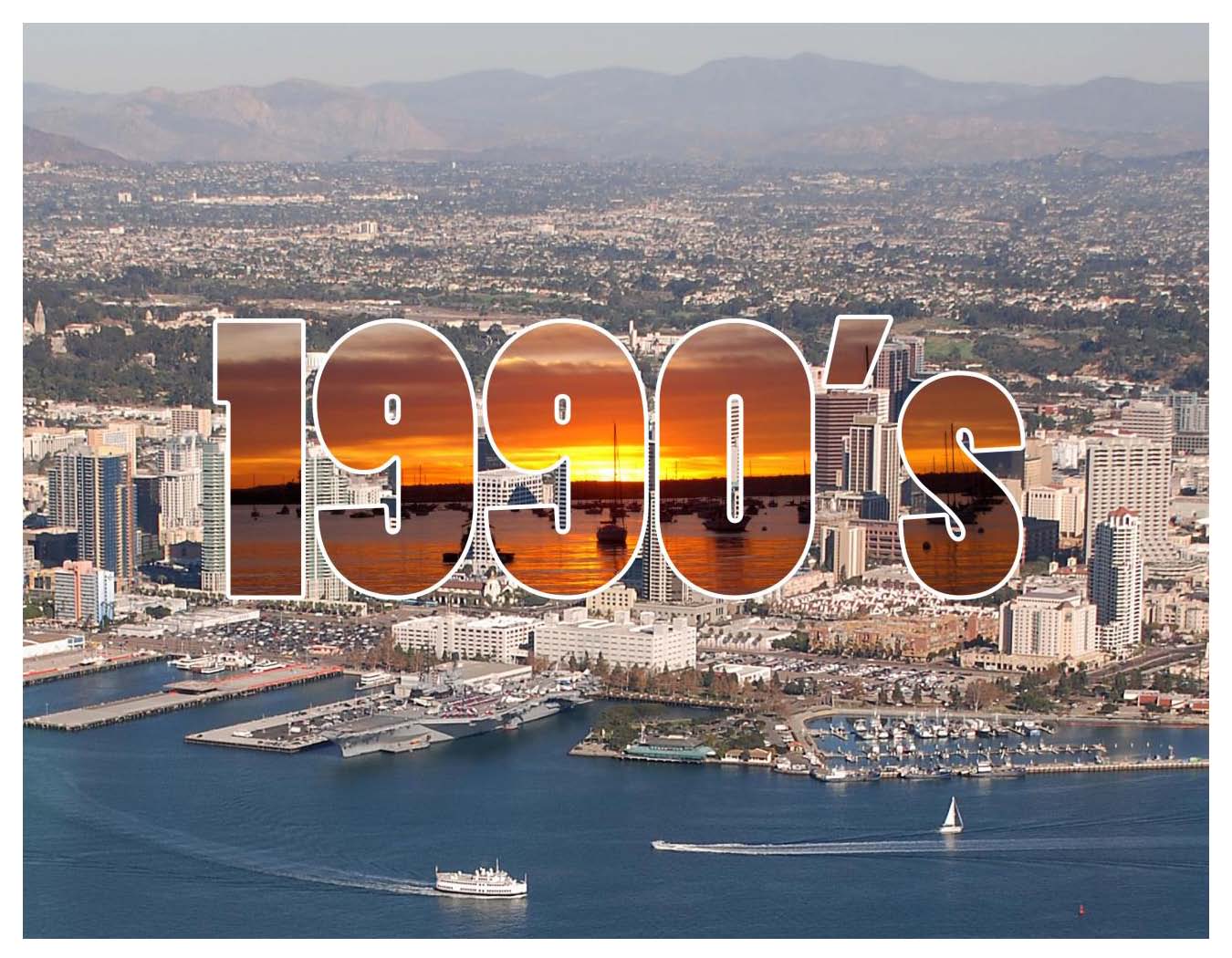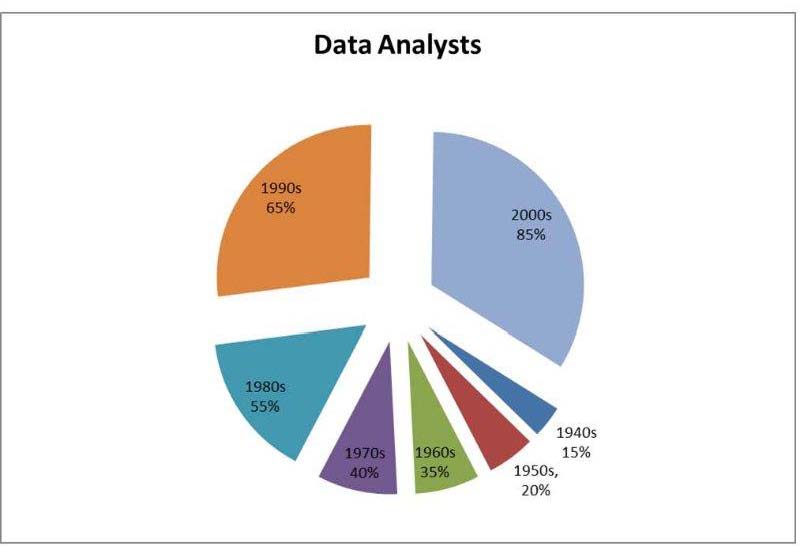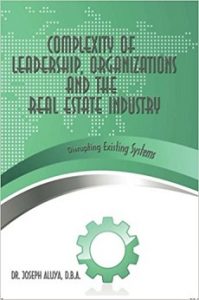Doctrine: Change in a system is necessary and inevitable for sustainability. And what is sustainability? Sustainability would be the capacity of a diverse cross-section of the society to network on issues that promoted or implemented the development of principles that met the needs of the current and at the time securing the future of generational undisturbed needs. In addition, such a network could carry out activities and actions that might force governments to be accountable to the social mandate of a sustainable development. These principles could be in form of enterprises maintaining its relevance while thrusting forward new ideas, new innovations, and breaking new terrains for societal development. Sustainability also means organizational alignment, maintenance, and the use of analytic reporting sensor technologies to maintain and sustain competitiveness to stay above competitors .
In the business world, continuous learning, continuous improvement, continuous design of business models and continuous radical modular changes have been key to a business’ sustainability in the field of disruptive new inventors; be it from analytical datasets or from business model predictabilities. Hence, new startup business models in places like Silicon Valley California have been usurping and competing with the historical unchangeable anchored brick and mortar businesses (Choudary, 2013).
Likewise, the unchangeable characteristics of enterprises have remained critical to the sustainability or disruptiveness to the existing technologies or business systems. A leader’s temperament might also adversely affect the risks associated with the firm’s profit or loss. These naturally uninhibited actions have reflected how subordinates within organizations would accept the leaders philosophy on sustainability (Aluya, 2009, 2010 and 2013). Subsequently, this assumption gives credence to uncertainty about whether or not the industry and corporate structures that were established decades ago were very different from what present business environment needed for sustainability. For example, in the Apple case study in this site when contrasted to the case study of Nokia revealed the in-depth meaning of sustainability. While Nokia, Erickson, Kodak, and many could not sustains their present stage and envision societal needs, hence they went into oblivion. The lack of dexterity of the leaderships within the aforementioned company predicated their demises. Apple for example, our case study shows that while the company sustains itself for example with iPhone 4, and thrust forward today is the new iPhone 8 to be released, all due to Apple’s capacity to understand what sustainability means. Imperatively, continued creativeness from scion of aesthetic seductive products would have led to the sustainability of the longevity, a beneficent that would have been for future Nokia, Erickson and et al. Interjected in this discussion would be to clearly understand the differences between a sustainable technology and a disruptive technology, in that while sustainable technologies were ubiquitous, disruptive technologies were exotic and very few companies could disrupt the technological terrain (Christensen and Raynor, 2003). Not to remise, unchangeable characteristics of an organization have remained critical to the sustainability or disruptiveness to the existing technologies.
Additionally, social responsibility is the twin sister of sustainability. That being a good corporate citizenship helped create a sustainable product life cycle, sustainable employment, sustainable corporate reputation, and ultimately sustainable economic growth.
